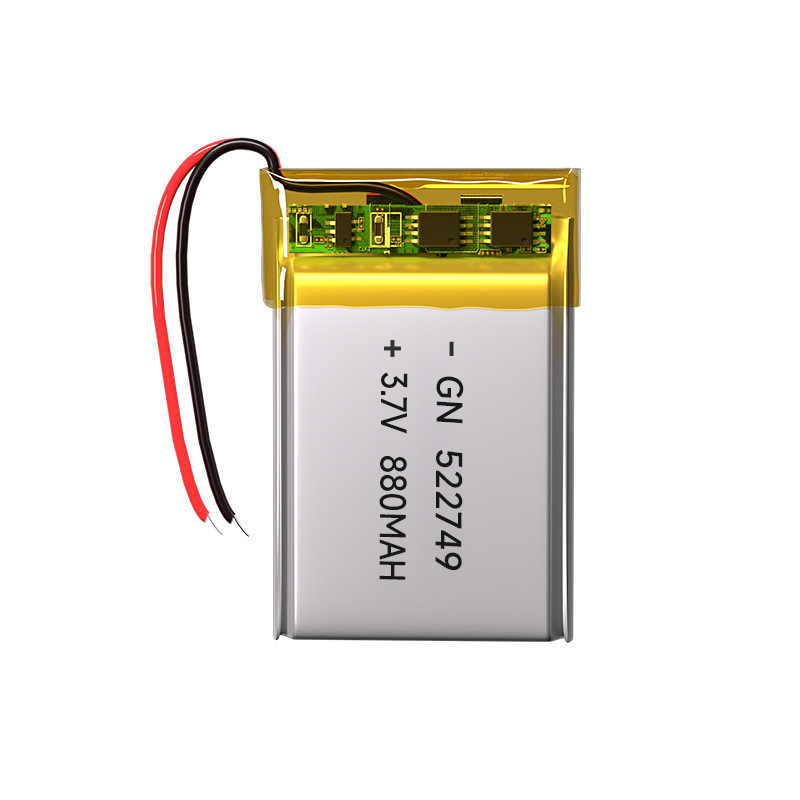

Nickel-hydrogen battery technical training provided by electronic enthusiasts: Nickel-hydrogen battery principle, Nickel-hydrogen battery technical training: Nickel-hydrogen battery principle The positive active material of the nickel-hydrogen battery is nickel hydroxide (called nickel oxide electrode), and the negative active material is metal oxide material, also called hydrogen storage alloy (the electrode is called hydrogen storage electrode)
Nickel metal hydride battery technology training: nickel metal hydride battery principle
The positive active material of the nickel-hydrogen battery is nickel hydroxide (called nickel oxide electrode), the negative active material is metal oxide, also called hydrogen storage alloy (the electrode is called hydrogen storage electrode), and the electrolyte is 6N potassium hydroxide. During battery charging and discharging The battery reaction during the process is:
Among them, M represents hydrogen storage alloy material. The open circuit voltage of the battery is: 1.2V~1.3V, which varies due to different hydrogen storage materials and preparation processes. When overcharging, the reaction on the two poles is: on the nickel oxide electrode: 4OH`-4e-2H2O ten O2
On the hydrogen storage electrode; 2H2O+O2+4e—4OH`
Overall reaction when the battery is overcharged: O
In the design of batteries, the method of using an excessive amount of negative electrode is generally used. When the nickel oxide electrode is fully charged, oxygen is generated, which is recombined into water at the negative electrode through diffusion. In this way, the internal pressure of the battery is kept constant and the concentration of the electrolyte is kept constant. Giant changes occur. When the battery is over-discharged, the electrode reaction is:
On nickel oxide electrode: 2H2O+2e—H2+2OH`
On the hydrogen storage electrode; H2+2OH`-2e—2H2O
Overall reaction when the battery is over-discharged: O
Although the net result of the total battery reaction is zero when over-discharged, polarity reversal will occur. Since the hydrogen produced on the positive electrode will be recombined on the negative electrode, the stability of the system is also maintained. In addition, the negative active material hydrogen can be adsorbed into the dry hydrogen storage alloy in the hydrogen atomic state at a relatively high density. On such an electrode, the hydrogen absorption and release reaction can proceed smoothly, and the discharge performance is improved compared to cadmium-nickel batteries.

Popular recommendation
CR2016 battery.New breakthrough in fuel cell research and development, Japanese car companies prefer
2023-10-08Lithium battery development
2022-11-15Nickel Hydride Batteries.Introduction to technical rules for operating safety of polymer lithium-ion
2023-10-08AAA NiMH batteries.Principle and technology of nickel-cadmium battery
2023-10-09Nickel Hydride Batteries.How to extend the life of rechargeable batteries and avoid accidents
2023-10-0918650 li ion rechargeable battery.The popularity of new energy vehicles disrupts the electronics ind
2023-10-14AG6 battery!Detailed circuit explanation: Circuit for online trickle charging using solar cells
2023-10-08CR1216 battery.Energy Institute has made progress in the research and development of polymer electro
2023-10-08AG4 battery.What should we pay attention to in the winding process of 18650 lithium ion battery?
2023-10-12Ni-MH battery packs.Circuit to eliminate the memory effect of nickel-cadmium batteries
2023-10-09402030 lipo battery.What are the key technologies for high-temperature nickel-metal hydride batterie
2023-10-08LR621 battery.Toyota Takeshi Yamada: Battery technology still has flaws
2023-10-14